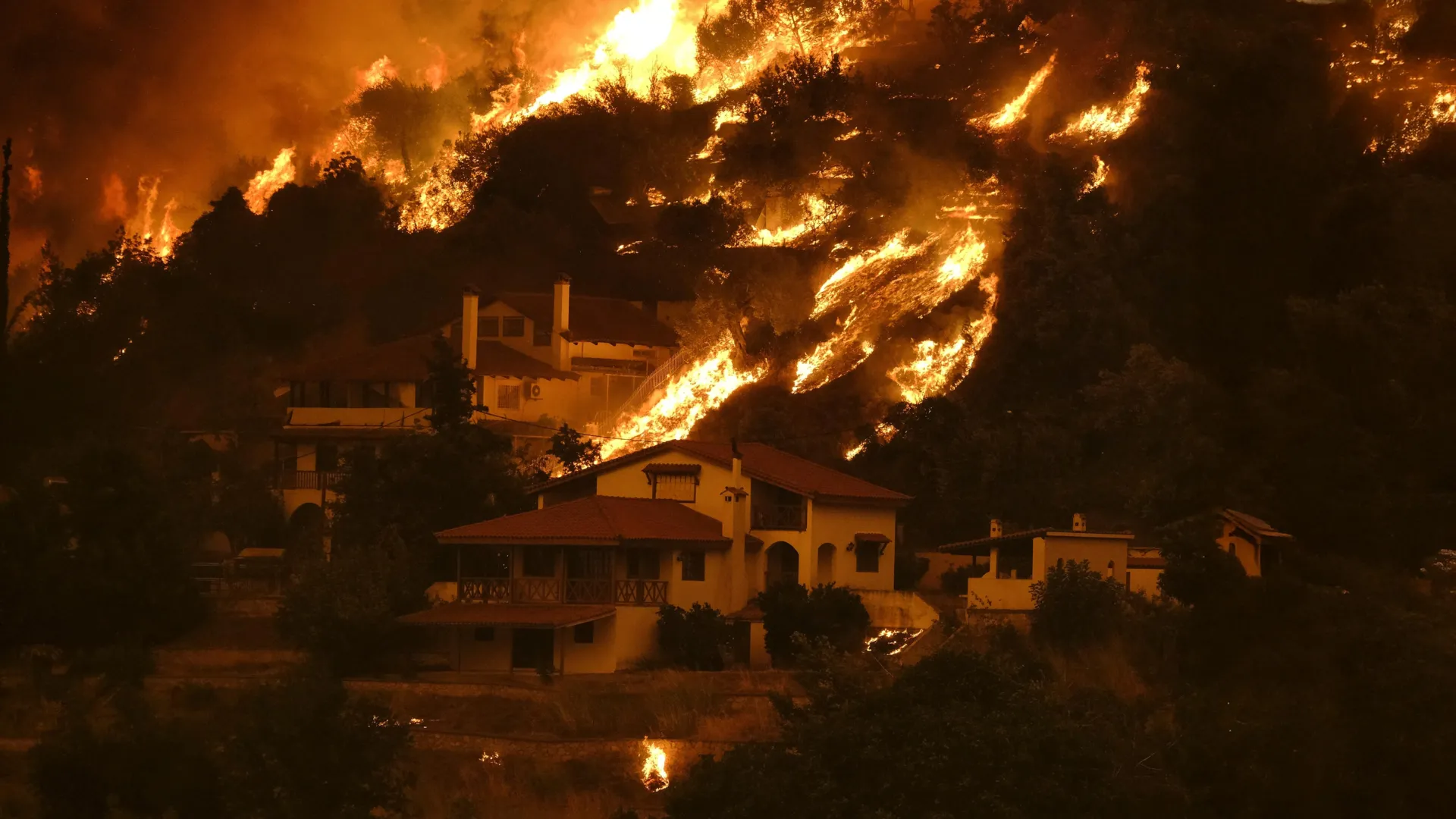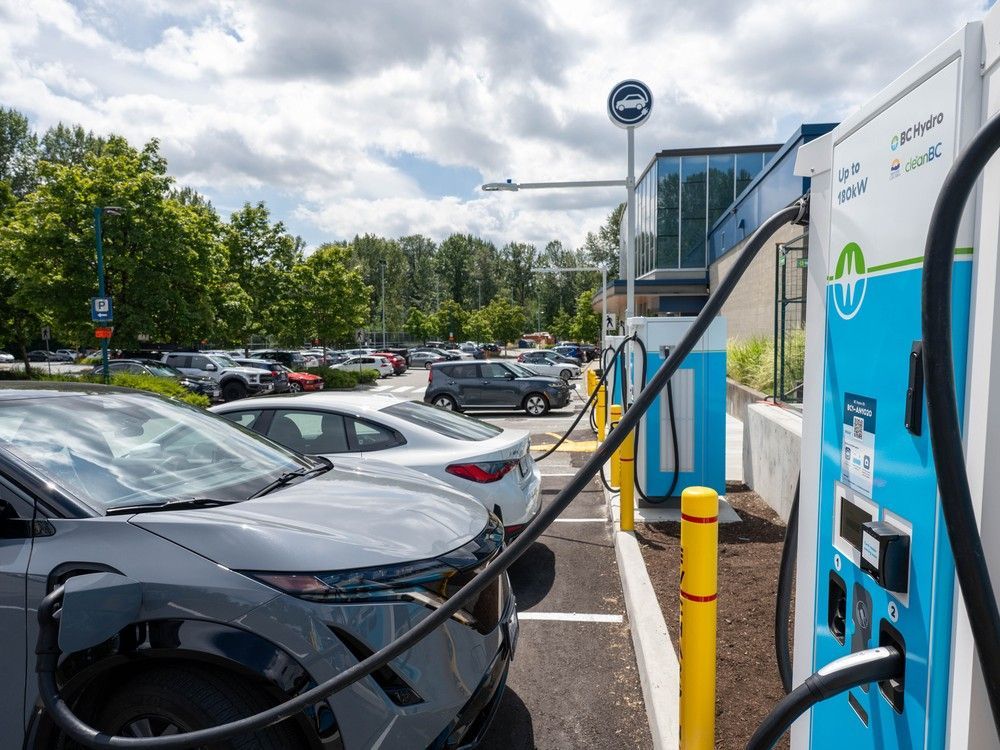The alarming paradox revealed by a comprehensive global study highlights a critical issue: while the total area of burned land has decreased significantly since 2002, the number of people exposed to wildfires has surged dramatically. This situation is particularly dire in Africa, which accounts for an astonishing 85% of wildfire exposures. In regions like California, despite a relatively small proportion of burned land, the intensity and frequency of wildfires have reached extreme levels, exacerbated by climate change and increasing population density in fire-prone areas. The convergence of these factors creates a precarious environment where communities are increasingly vulnerable to devastating wildfires.
The study underscores the urgent need for innovative strategies to mitigate wildfire risks and protect at-risk populations. Key insights suggest that addressing the root causes of increased exposure—such as urban expansion into fire-prone landscapes and the impacts of climate change—will be essential. Policymakers and urban planners must prioritize resilience-building measures, including improved land management and community preparedness initiatives, to safeguard the 440 million people now at heightened risk. The implications of these findings extend beyond immediate fire management; they call for a holistic approach to environmental and urban planning that anticipates future challenges in wildfire-prone regions.








